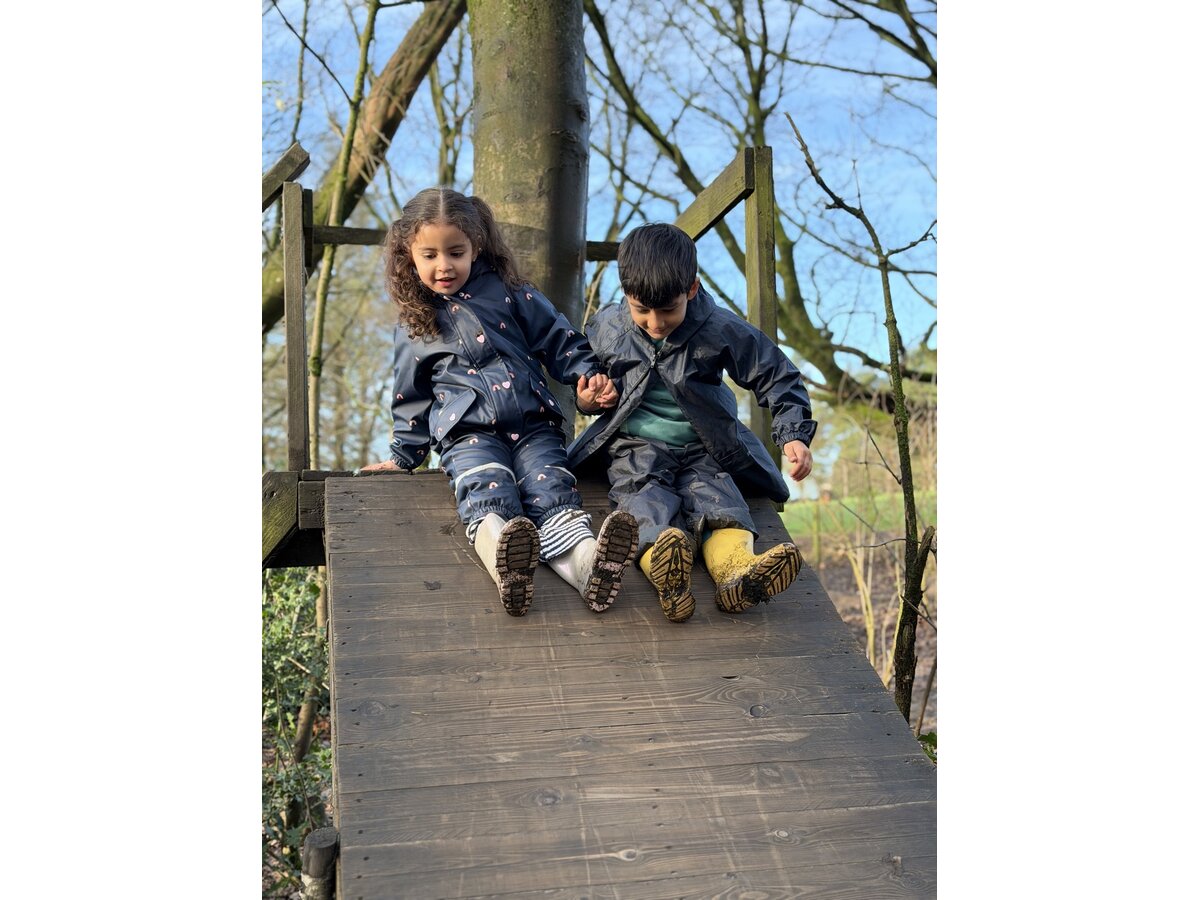Welcome to Reception
Our teachers are -
|
Reception L Teacher - Miss Laithwaite Reception B Teacher - Mrs Tinsley |
Our vision is to be a school where pupils have a positive approach to learning. We aim for all pupils to leave Ladybridge well equipped for the future. At Ladybridge, all children join us at the beginning of the school year in which they are five. Children joining our school have been to a range of pre-school settings within the community, and we continue to build on what our children already know. We aim to ensure that the transition from any pre-school setting to school is a smooth one. The Governors and staff at Ladybridge Primary Schools recognise the importance of Early Years Education as the foundation upon which children build the rest of their lives.
Organisational Information
- Class Dojo – This is used to communicate to parents/teachers, share news, set reminders and to keep you up-to-date with your child’s dojo point score.
- Seesaw – This is used as an online learning journey. Here parents can see observations of their child, posted by the EYFS staff. They can also comment and add their own observations.
- Reception Reporter - This is sent home half termly to inform parents about curriculum coverage.
- Phonics –Phonics revision should be practised at home as frequently as needed. In the beginning, your child will take home the phonics sounds and tricky words that they have learned throughout that week at school. After this they will receive phonics practice for the phonics phase that they are working within.
- Reading- All children will read individually to an adult at least once a week. The book that they have read will be recorded in your child’s school diary. Your child’s reading book will be changed regularly. We encourage children to read at home every day and use ‘Starbooks’ as an incentive for reading at home. Children will also have the opportunity to loan a school library book once a week. Children take part in guided reading sessions linked to the ‘super six’ once weekly.
- Maths– Opportunities for exploring number can be found in most areas of a child’s everyday play, such as: shopping, baking, climbing the stairs or setting the table at meal times. It happens through music, songs and rhymes, stories and can be seen out and about in the environment through traffic signs, house numbers, buildings etc. Maths is not just about counting, it also includes shape, patterns, sequencing, size, weight, estimating, and solving problems
For more information about the statutory Early Years framework please click here
_(1).png)

.jpeg)